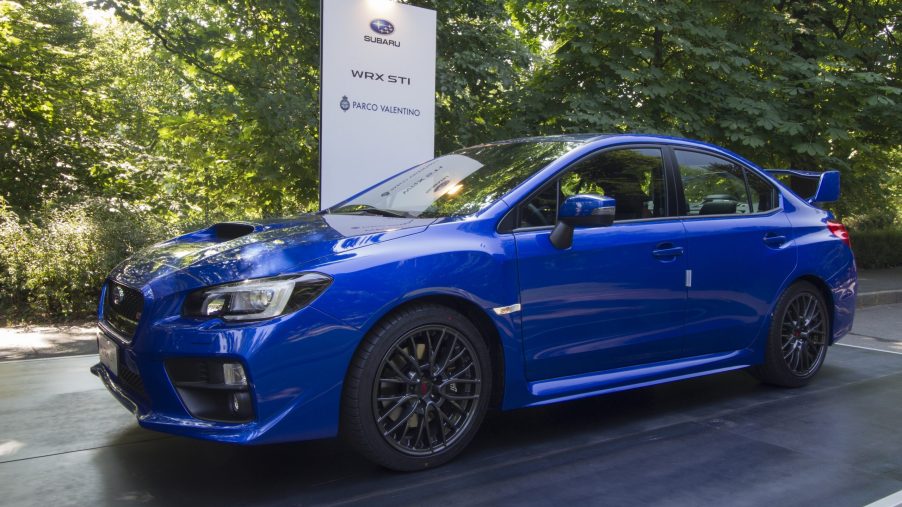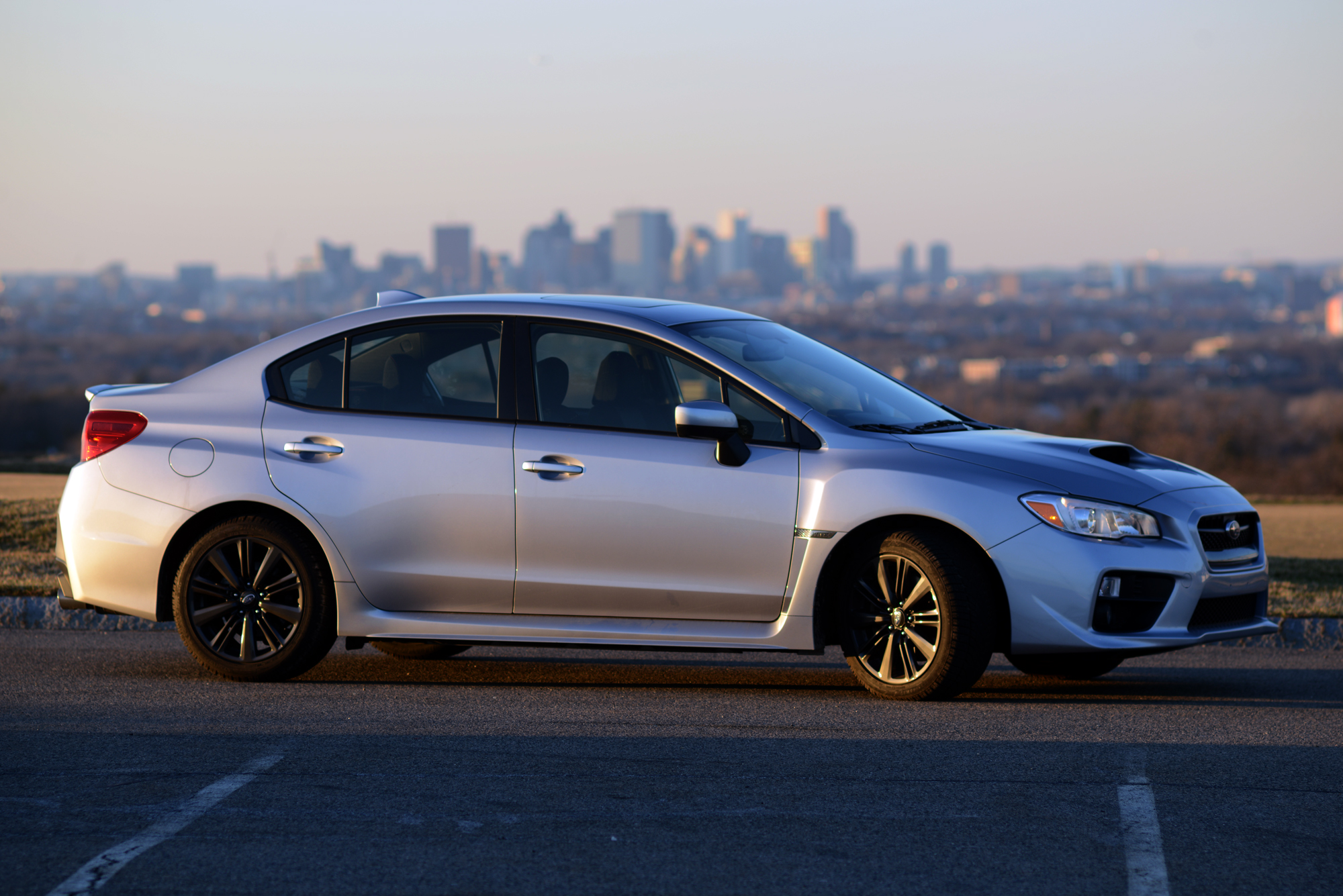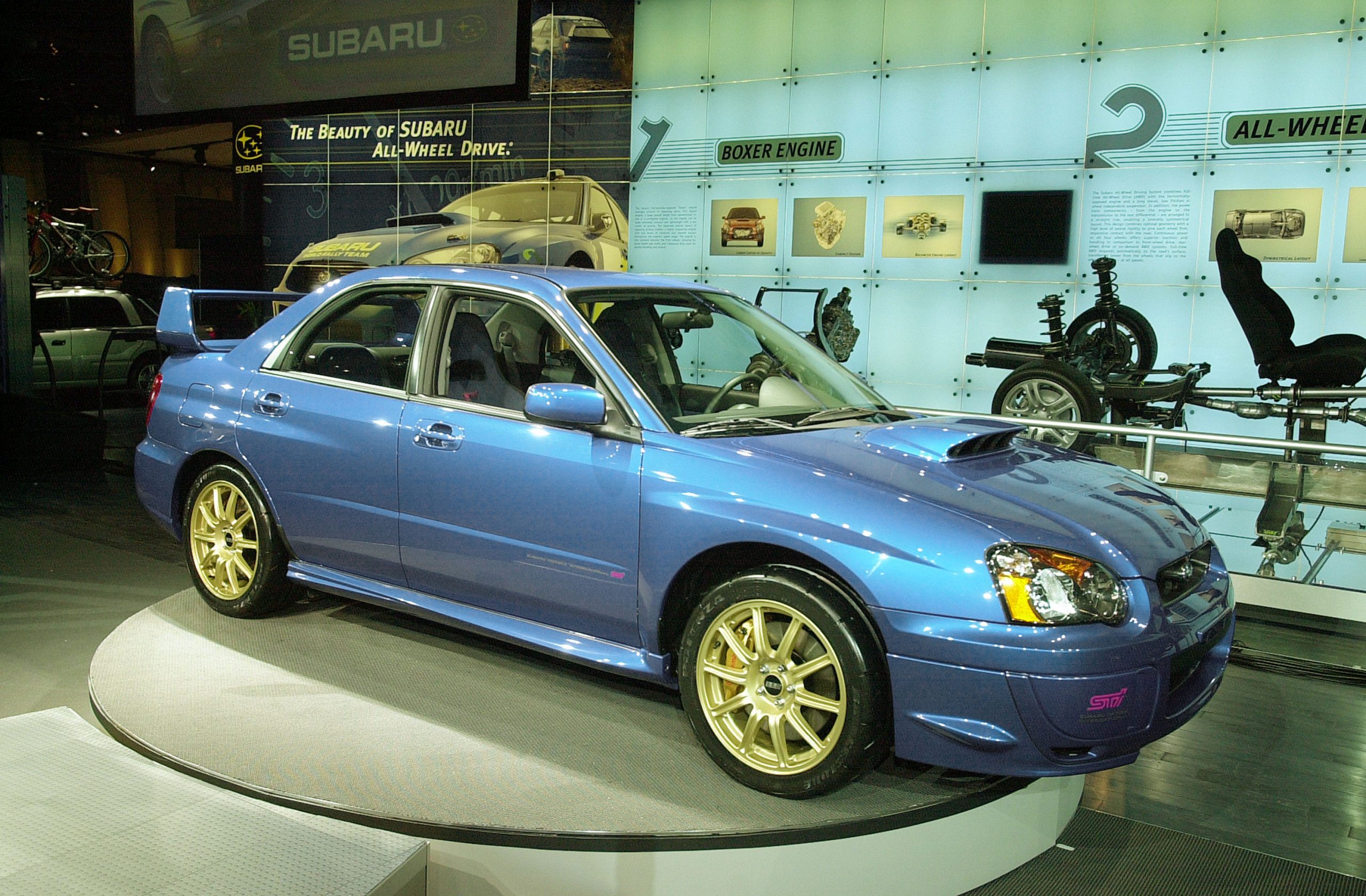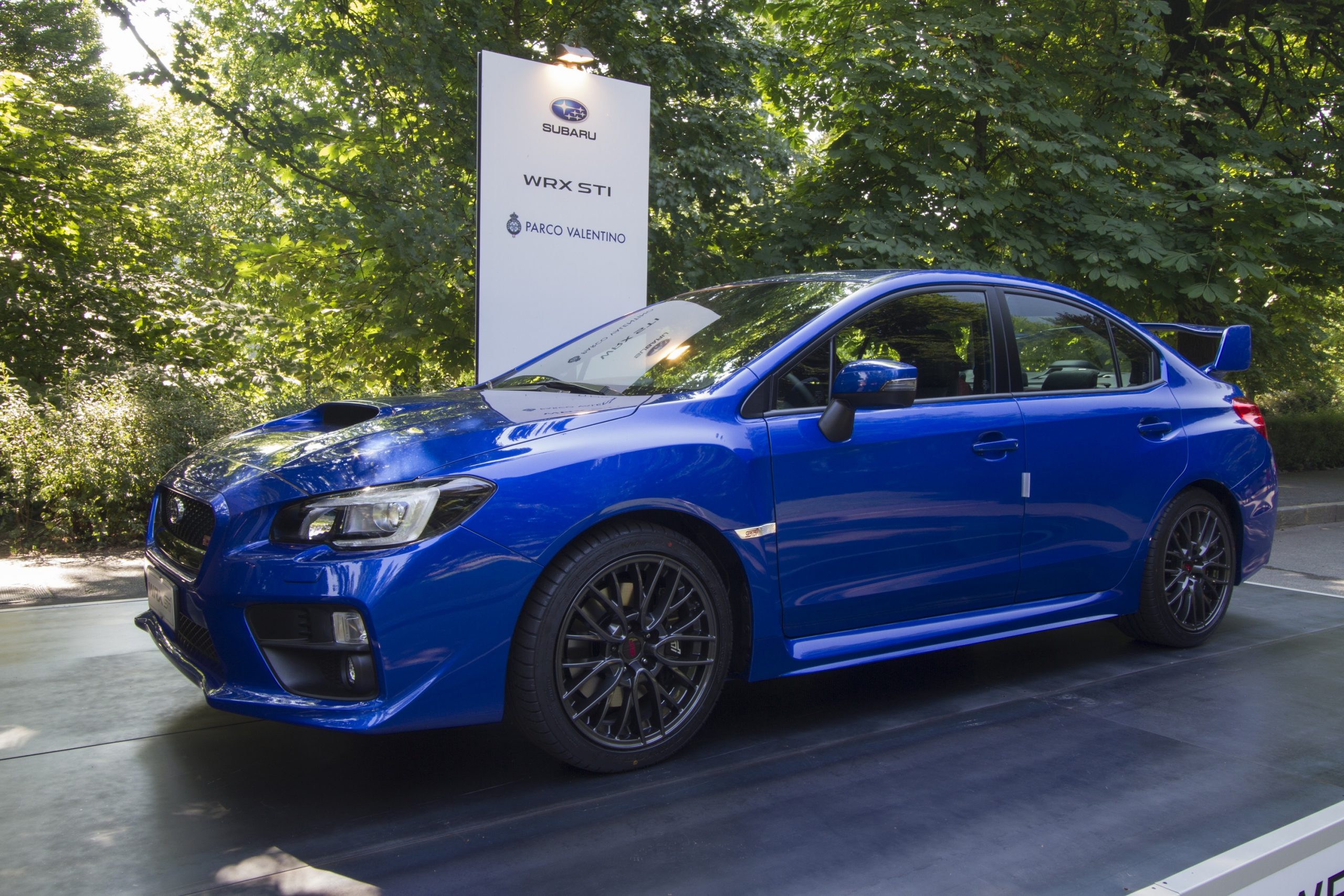
Subaru WRX vs. Subaru WRX STI: Is the Subie Halo Car Worth It?
Article Highlights:
- The Subaru WRX makes torque faster than the STi
- A WRX STI is heavier for very valid reasons
- Is the STI worth the extra money?
Subaru has managed to divide two of its most iconic cars in a way that most other manufacturers simply can’t. On the surface, you’d be forgiven for mistaking a Subaru WRX for a Subaru WRX STI, especially with the current generation of cars that started about six years ago. However, there are some pretty major differences between the two. Obviously, price being the largest. But what about performance?
What’s the difference between a Subaru WRX and an STI?

While the price difference between the two models is relatively consistent (about a $5,000-$10,000 MSRP difference), the mechanical differences between two of Subaru’s most iconic models varies wildly. The “bugeye” WRX of circa 2004 was effectively a nicer Impreza with a larger motor. The STI had the same brakes, but a larger 2.5L motor and special BBS wheels. Things changed up a little more in 2011, but the premise remained the same.
As an aside, there have consistently been visual differences between the two. Badging aside, the Subaru WRX STI usually gets a rear spoiler and at most, a different set of bumpers and some wheels. But the current 2014+ generation WRX and STI certainly get the lion’s share of differences between the two.
The Subaru WRX STI is more expensive, but is it worth it?

Back in 2014, the WRX got a brand new “FA20” motor. The Subaru WRX STI, however, kept its older 2.5L engine. Obviously, that larger engine adds some weight, making the current ‘Rex lighter than the STI by several hundred pounds. A lot of that is owed to the rally tech that gets dropped into the STI. The current 2015+ STI has larger brakes, as well as a much beefier transmission. But the real kicker here are the differentials.
The 2014+ WRX only has a center limited-slip diff, but the STI gets three of the things, front, rear, and center. Car and Driver found that despite all this, the gearing differences between the two make them almost identical in straight line performance. In short, the STI will undoubtedly handle better, but at the cost of weight and fuel economy. That new FA20 engine also means the WRX makes more torque sooner, despite the identical 0-60 time.
The only factor that matters is your budget

Really, at the end of the day, it comes down to your budget and what you’ll be doing with the two cars. Because of a lower compression ratio, the Subaru WRX STI has a higher ceiling for horsepower compared to its sibling. However, in 99% of situations, a Subaru WRX will work just fine for the majority of budding rally drivers. Those of you who prefer rallying through the woods McRea style with little to no traction will certainly appreciate what the STI has to offer, even if it is at a more premium price.


